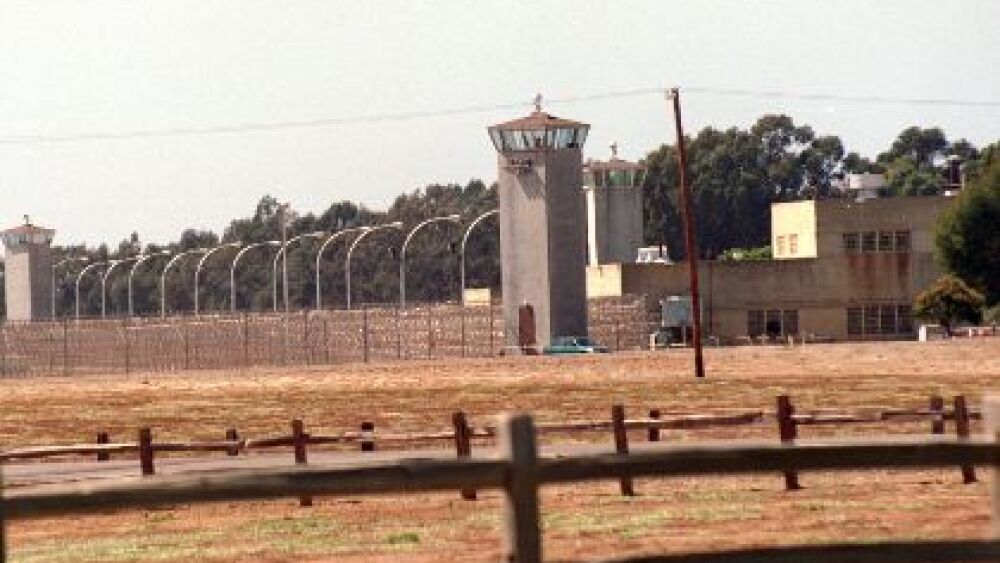By Eric Tucker
Associated Press
WASHINGTON — A federal prison complex in California struggled to contain the spread of the coronavirus because of staff shortages, limited use of home confinement and ineffective screening, the Justice Department watchdog said Thursday as it released the first results of remote inspections of facilities across the country.
The report said that two staff members at the Bureau of Prisons facility in Lompoc, California, came to work in late March despite experiencing coronavirus symptoms, though those symptoms were not detected during screening. Officials in March also failed to test or isolate an inmate who reported that he had begun having symptoms two days earlier. The inmate later tested positive at a hospital.
As of mid-July, four inmates had died and more than 1,000 had tested positive, according to the inspector general’s office, which is conducting 16 reviews of prisons, halfway houses and other institutions under the control of the BOP.
The response from the BOP to the growing coronavirus crisis in prisons has raised alarm among advocates and lawmakers about whether the agency is doing enough to ensure the safety of the nearly 150,000 inmates serving time in federal facilities.
BOP figures from earlier this month indicate positive COVID-19 tests for 8,642 inmates and 887 staff members, according to the inspector general report, though limited testing within the facilities means the numbers are likely much higher.
In Lompoc, which has four facilities housing about 2,700 low-, minimum- and medium-security inmates, the percentage of positive tests has been substantial, the report said. In one facility where all inmates were tested, more than 75% had positive results as of mid-May.
The report singles out several problems in the response by the Lompoc complex, including a preexisting shortage of correctional workers and medical staffers that impeded the ability to properly screen for the virus and to implement movement restrictions.
Those shortages as the virus was beginning to spread last spring “may have increased the risk of COVID-19 transmission because the complex did not always have enough staff to allow Correctional Officers to remain in one facility,” the watchdog’s report said.
In addition, though Attorney General William Barr directed the federal prison system to reduce the prison population by making more liberal use of home confinement and to expand the criteria for such transfers, Lompoc officials did so sparingly.
“Despite this admonition, the data does not reflect that the BOP took immediate action at Lompoc,” the report said.
When the inspector general’s office asked why, as of mid-May, only 34 inmates had been moved out of the complex, the acting warden said the institution could not transfer inmates to home confinement or a halfway house until a halfway house could confirm that it was available to assume responsibility for them.
Lompoc officials reported that by late June, the number of inmates placed into a halfway house or home confinement had increased from 34 to 124. The complex also said it was referring an additional 14 inmates with age risk factors for home confinement reconsideration.
Also Thursday, the inspector general office released its review of the federal prison complex in Tucson, Arizona, which it said had successfully implemented social distancing measures and repurposed empty housing units into quarantine and medical isolation areas.
The prison complex also implemented a precautionary 14-day quarantine for incoming inmates and imposed movement restrictions before those actions were required by BOP, the watchdog said.
Inspector General Michael Horowitz said the reports released Thursday didn’t include recommendations.
“Rather,” Horowitz said in a video statement accompanying the release of the reports, “our reports are intended to assist the BOP and the Justice Department in identifying strategies to most effectively contain current and potential future COVID-19 outbreaks.”
An additional BOP-wide report with conclusions and recommendations will be released once the other 14 inspections are done, Horowitz said.












